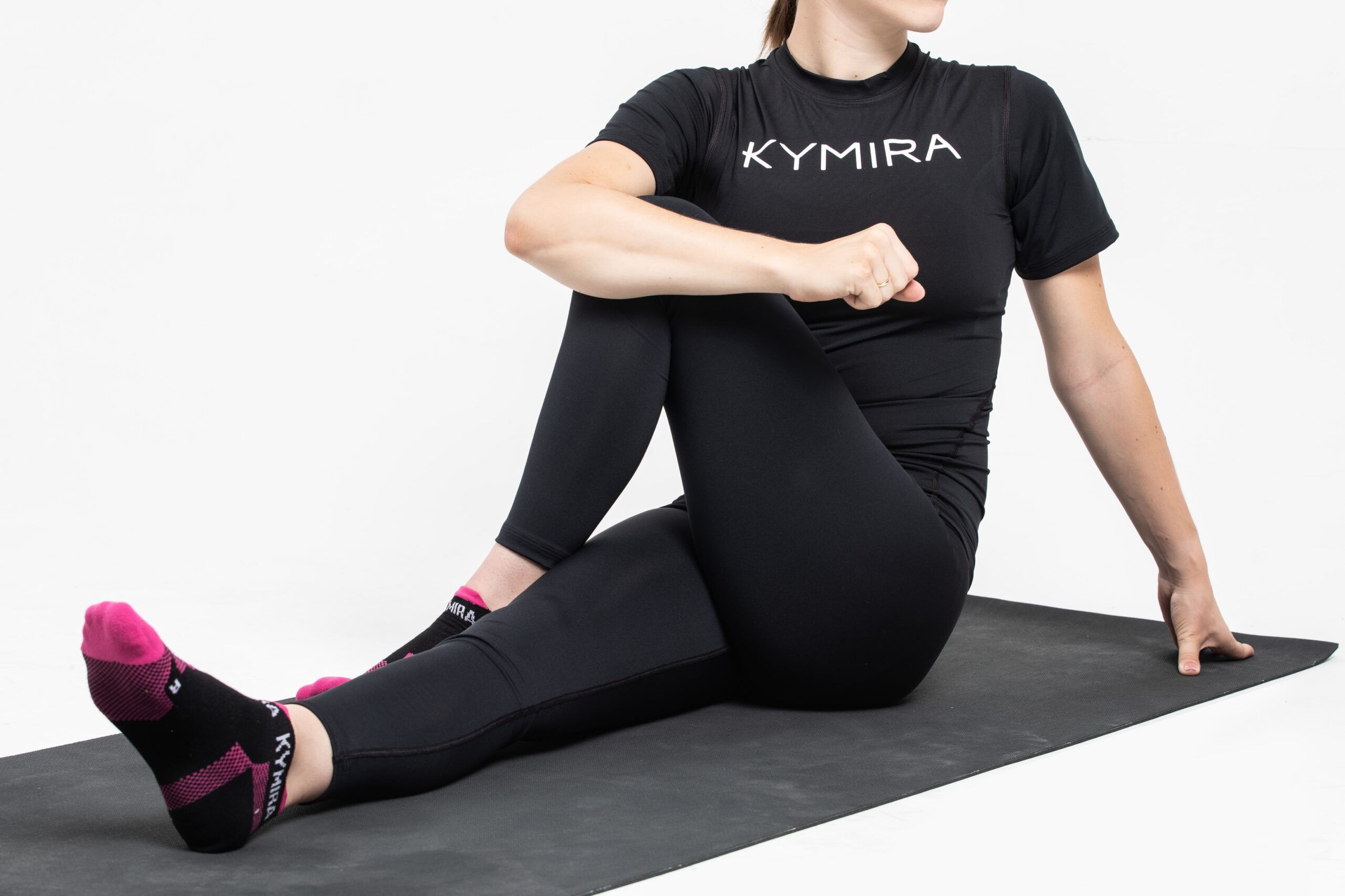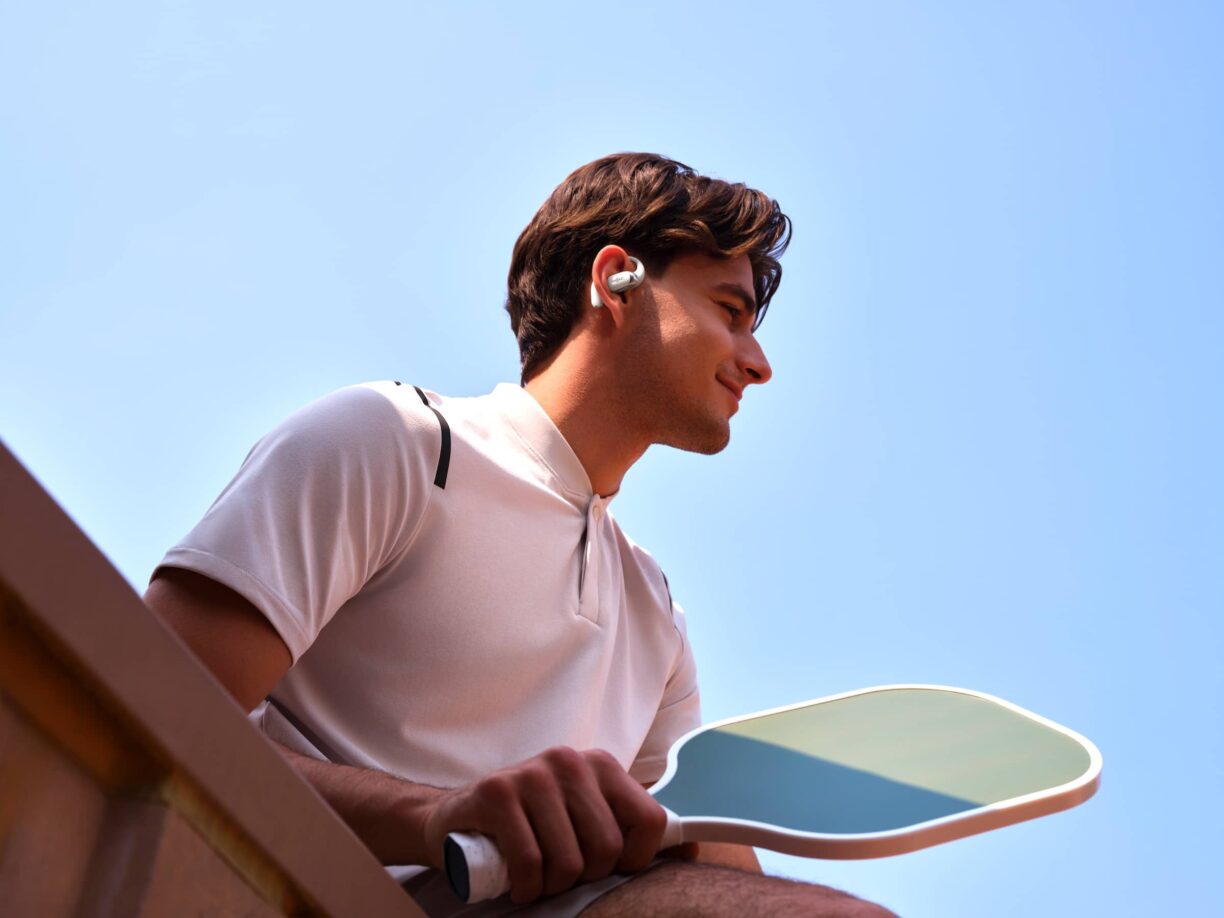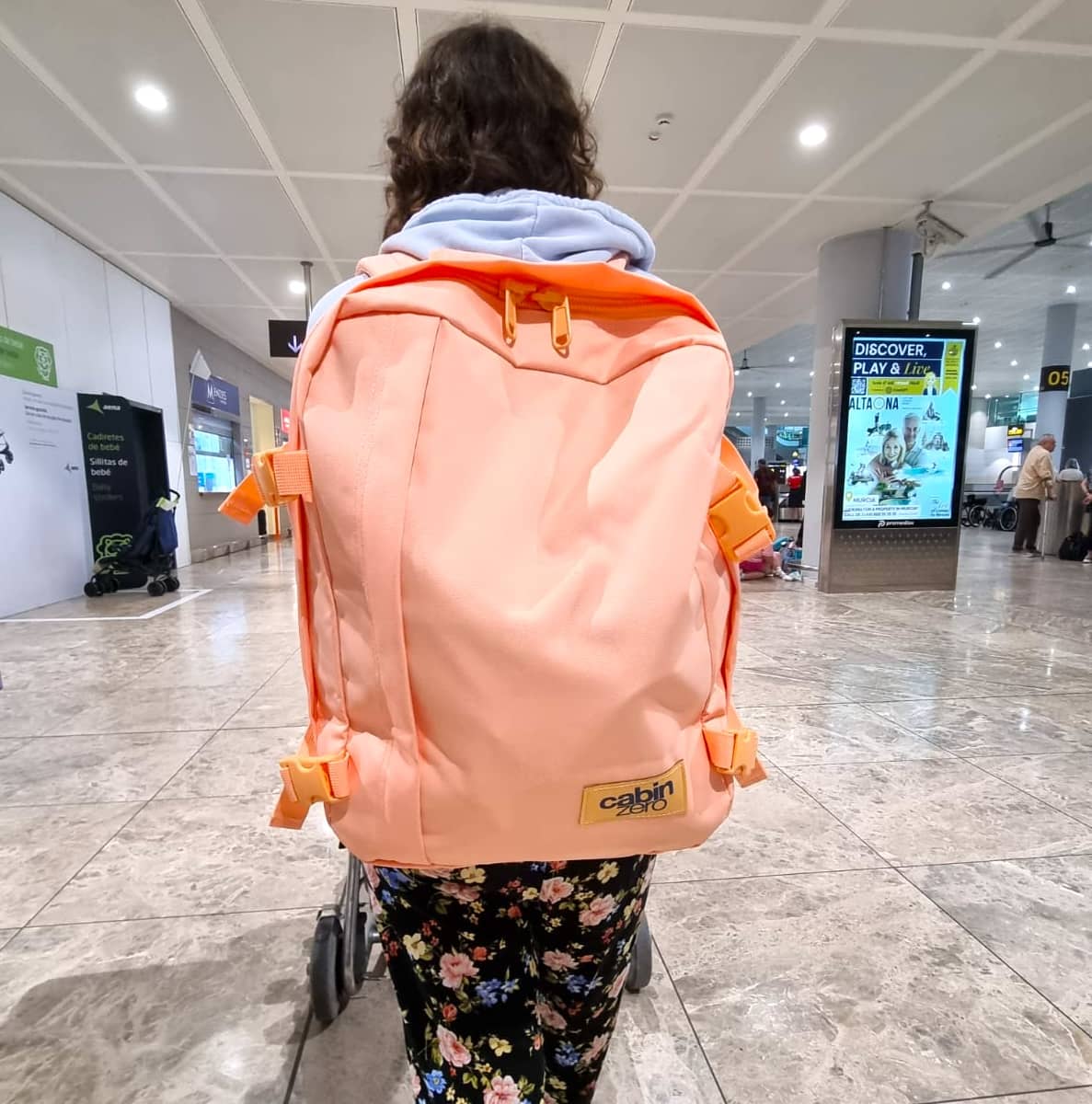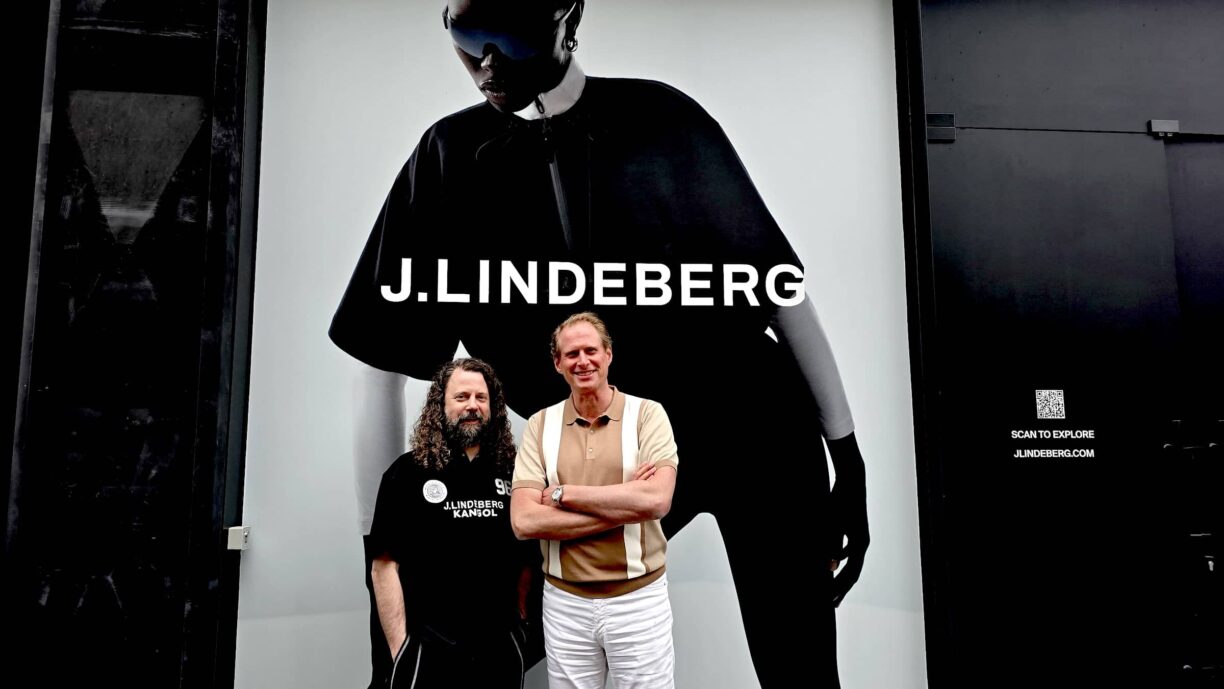At the highest levels of sport, the training and competition cycle poses fresh challenges with every changing season.
Whether that’s preparing an athlete for an intense period of competition, coping with the ongoing schedule of travelling/competing/recovering or even simply winding down on the back of a busy competition schedule, at the highest levels there are new considerations as the year progresses.
Throw in the additional difficulties of winter and the effect of the cold and we have a whole new set of problems to deal with.
KYMIRA is one such company that can positively impact the performance and recovery capabilities of an athlete despite the scheduling and temperature conditions of the season with their infrared clothing.
Winter Competition
It’s well established in the Sports Science literature now that cold weather increases the likelihood of injuries. Whether that’s in professional athletes or even the recreational competitor, multiple studies show that injury prevalence increases in colder conditions.
The good news is that effective thermoregulation management of an athlete can significantly reduce (and even remove) the threat of cold weather injuries, negating this as a concern.
In cold conditions the energy required to cause muscle injury is significantly lower, so athletes have to spend longer making sure they are warmed up and are ‘game ready’.
In outdoor winter team sports (football and rugby as obvious examples), a player can be expected to be ready to play within seconds should a teammate have to leave the field injured, so how do we help to negate this?
It’s not as simple as telling a player to ‘stay warm’ by warming up throughout the match – there’s an energy cost to that and a player shouldn’t be fatigued before they’re even deployed.
Instead, a hybrid approach of staying physiologically ready for competition via traditional warm up methods, compounded by wearing infrared clothing is a practical solution.
Thermoregulation and Infrared
The patented KYnergy infrared fabric which KYMIRA clothing is made from has powerful, proven thermoregulatory benefits.
The fabric itself warms 63% better than other fabrics of its equivalent weight. It also improves blood flow, tissue oxygenation and elasticity. This is important for two reasons…
- Competition clothing needs to be as lightweight and flexible as possible, so big, heavy fabrics just aren’t suitable for most sports.
- The additional benefits compound the effect of the warm-up, so warm-ups take less time and the athlete maintains a competition-ready state for longer after warming up, reducing injury risk if they are required to play with very little prior notice.
Put simply, if players are wearing infrared clothing their warm-ups are more effective, reducing their injury risk. These benefits are also maintained, so if players need to play with very little notice, they’re physiologically ready.
KYMIRA and Travel Management
Travelling time is seen by a lot of athletes as dead time, but it needn’t be. A lot of athletes wear their KYMIRA clothing during travelling times, whether that’s by plane, train or car. There are physiological and practical reasons for doing so, which we’ll snapshot here…
- KYMIRA increases circulation, speeds the removal of post-exercise waste products (lactate etc) and reduces swelling. It also has a powerful effect of reducing DOMS.
- The circulation enhancement helps to reduce the risk of DVT during long flights. This is done by stimulating Nitric Oxide production which improves blood flow.
- By recovering ‘passively’, you arrive at your destination in better condition and ready to play and compete. You haven’t had to do anything to assist your recovery, persevering energy.
- The benefits of the infrared help to reduce the injury risk associated with the sitting down for prolonged periods of time.
These are some of the reasons professional athletes use KYMIRA products during travel. As well as time efficient recovery, it also helps to improve physiological and psychological state of being. If an athlete can arrive at a destination feeling fresher, it’s a physiological and psychological boost.
This reduced recovery time helps to mitigate the injury risk associated with fatigued athletes trying to compete.
Reducing Injury Recovery Time
As the evidence suggests, the likelihood of injury is increased in the winter, especially during periods of intense training and competition.
With that in mind, we have to have a plan to reduce recovery time – after all the most important ability is availability!
KYMIRA products are popular amongst medical departments because they help to prolong the benefits of the soft tissue work done by physiotherapists.
This means the patient (in this case the athlete) continues to benefit from the therapy long after their treatment is over and overall recovery times can be cut.
Having players return to competitive action sooner has financial impacts for both the club and athlete, but it also helps to boost morale and performances too.
KYMIRA and Winter Competition
As discussed in the article, preparing for training and competition in winter is more nuanced than other times of the year.
With temperature and wider weather issues, increased injury risks and the requirement to be game-ready quickly in less-than-favourable conditions, you have to explore every possible avenue to give you and your players a competitive advantage.
Take for example the case of a goalkeeper in football. With an average low temperature of around 1 degree Celsius throughout December, January and February (the busiest months of the football calendar), the goalkeepers are likely to get cold and suffer more from vasoconstriction, increasing their injury risk. When they are called into action, they may have to jump or spring quickly and aggressively.
We know from earlier in the article that in cold weather it takes less force to cause muscle injuries, so we have to increase peripheral blood flow during the colder weather. With the circulatory benefits of infrared, KYMIRA base layers are the perfect solution to a problem few people understand exists… until their goalkeeper is injured.
With proven benefits on performance, recovery and injury prevention, KYMIRA technology is perfectly positioned to be an all-in-one solution for a lot of the problems winter poses to the competitive athlete.





